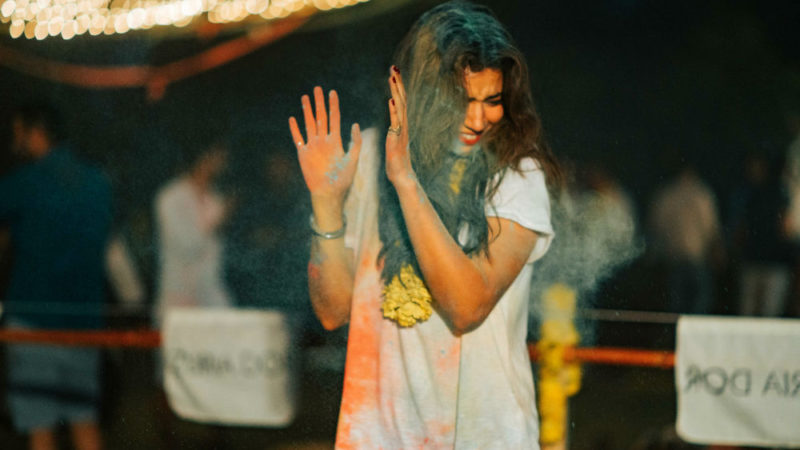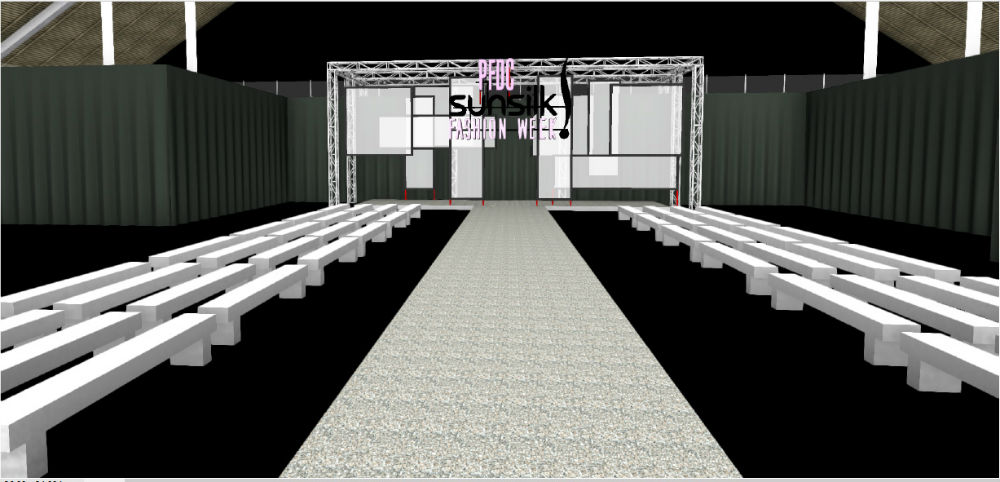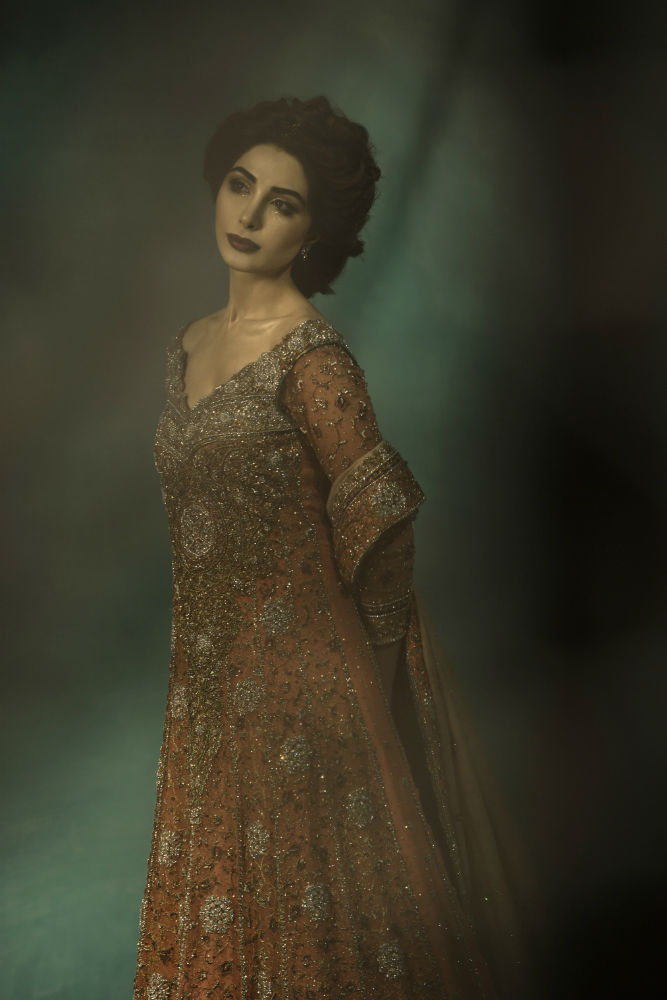Review: Nikon D7000
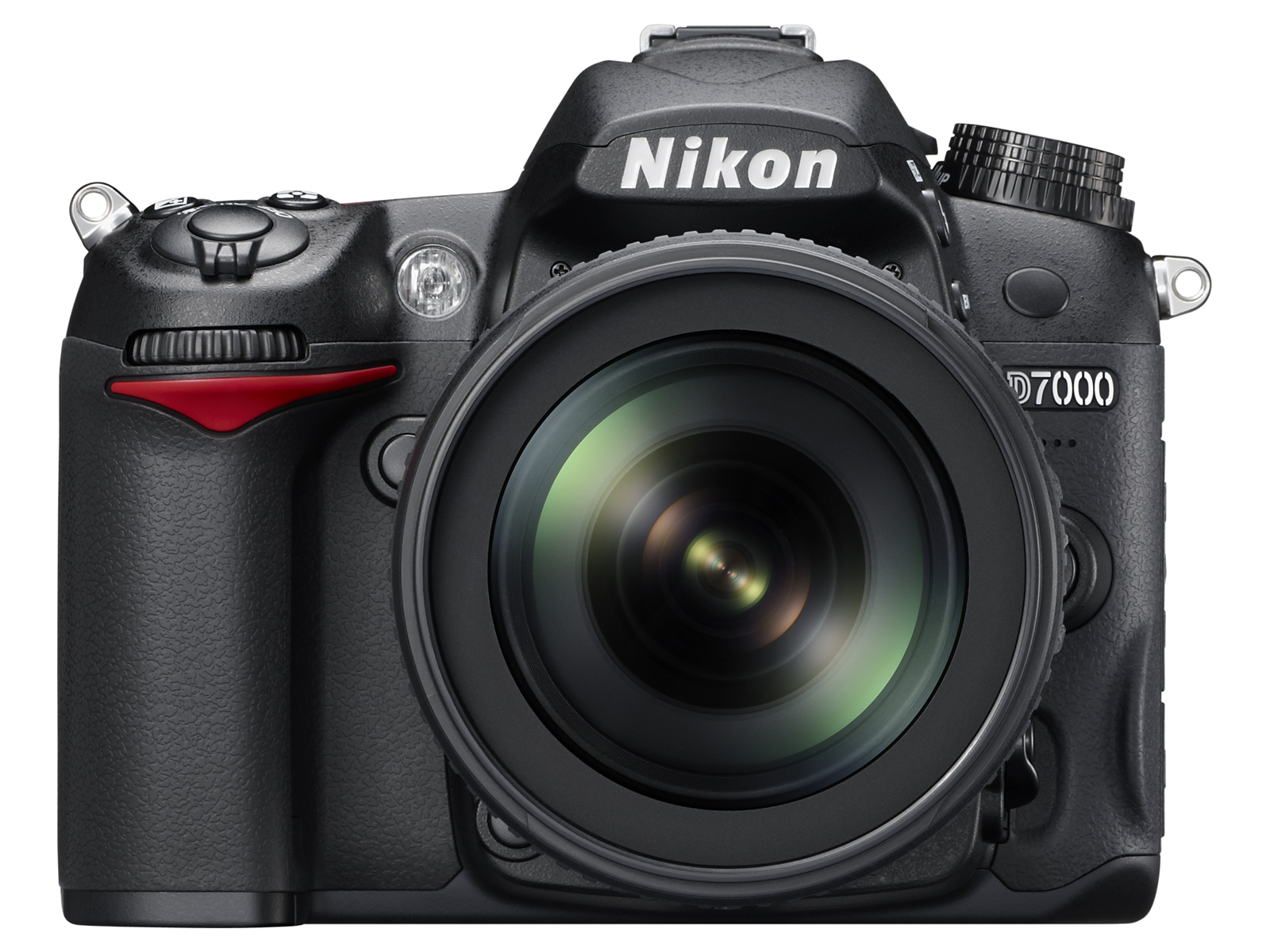
The Nikon D7000 was first announced in September of 2010 as an anticipated successor to the D90. This model of the Nikon began shipping in October of 2010. Since its departure from Nikon to the consumer, it has since been earning respect for being very close in specifications to its semi-pro relative, the D3005.
In comparison to the D90, both cameras are very similar. The first difference that one notices from the D90 to the D7000 is the feel of the camera. The D7000 has a much heftier feel to the hand thanks to its shell that is made from a magnesium alloy. This gives it that more substantial feel of professional cameras. Nikon has also added a thicker rubber to the grip area that makes for easier operation. This thicker coating is also found on the back of the camera, a new addition that gives it better holding power.
Key Differences in the D90 and D7000
Some of the key differences in the two Nikon models encompass changes that provide for better image quality and ease of use. One of the changes involves a twenty percent increase in picture quality. The D90 sits in at 66.0 while the D7000 has a better image quality at 80.0. Along with the camera having a heavier feel in the hand, Nikon has also provided weather sealing so that the model can be used in both wet and dry conditions.
The focus points have also been greatly increased. The D90 has nine focus points, whereas the D7000 has 39. This helps with setting the focus accurately within the frame and helps to prevent blurry or out of focus images from occurring. Along with more focus points, the shutter frame lag has been decreased from 253ms to 238ms. This gives about a ten percent less delay than the D90.
The lenses that are offered for the D7000 only increased by seven from the D90 model. This gives 169 lens choices along with the ability to use AF lenses apart from the traditional kits. The Nikon D7000 has also added an extra storage slot to two. This provides more storage than the one card slot that the D90 had.
Other big differences with this newer model include: a new CMOS sensor at 16.2MP, and a true HD movie capability with many options for customization. One of the key spec changes allows for a high-speed six frames per second shooting for up to one-hundred continuous shots.
The Pros of the Nikon D7000
- A high resolution sensor 16.2MP
- 1080p HD movie mode
- AF is possible during video shooting
- 2,016-pixel RGB sensor
- EXSPEED two image processing
- TwinSD card slots
- 39 point AF system
- Fast startup time of only 0.13 seconds
- Weather and dust seals
Cons of the D7000
- Users report problems of difficulty in connecting to a PC via USB
- The file systems creates files on its own for no known reason
- The numbering system of images alternates randomly
- Auto focus does not work well with moving objects
- The continuous shooting buffer fills up quickly and must be cleared
This model of camera is one of the fastest in the Nikon line for the price. Retailing at around $1,200, this is slightly more expensive than the Canon 60D, but compares nicely to this camera model. The D7000 matches very easily in speed with the 60D. These two cameras have some differences as well.
Comparison of the Canon 60D and the Nikon D7000
- Sensor- Canon (18 megapixel) Nikon (16.2 megapixel)
- Sensitivity Range-Canon (ISO 100 – ISO 6,400/12,800 expanded) Nikon (ISO 100 – ISO 6,400/25,600 (expanded))
- Color Depth-Canon (14 bit) Nikon (14 bit)
- Shutter speed-Canon (1/8,000 to 30 secs) Nikon (1/8,000 to 30 secs)
- Memory slots-Canon (one) Nikon (two)
- MFR Price-Canon ($1,099.990 Nikon ($1,199.95)
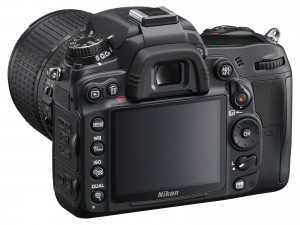
Overall, the Nikon D7000 performs very well for its price class. While it is most comparable to the Canon 60D, it has also been compared to its higher-priced relative, the D3005. The camera does well for most shooting conditions and video, though there have been complaints of low-light issues and sports photography issues due to the buffer becoming clogged, making it difficult to capture successive action fully.
The Nikon D7000 has been considered one of the best cameras for those who are not looking to pay $7000 or more for a professional camera. It performs as expected in most shooting situations and has enough features to keep the average photographer happy.
When the Nikon D7000 first arrived on the photography scene, it was a difficult camera to find and was sold out through most retailers. It was in such great demand, that Nikon was pushed to speed up production to meet the massive demand.
Now that the D7000 has a couple of years under its belt, it has improved through Firmware releases from Nikon. Firmware has fixed some of the nagging issues that initial users complained of, such as the hot pixel issue and other minor problems. Nikon continues to update its firmware and it appears that most of the common complaints have been corrected.
Overall, this is a great camera for the semi-pro who is looking for a good DSLR camera. With lens kits and other add-ons available, this camera is customizable to meet the demands of most photographers. Its price range makes it an attractive and reasonable addition to any camera lover’s collection.
Most users appear pleased with this camera and enjoy the features that it offers. After the fixes were introduced, the complaints have appeared to be greatly diminished. It includes most of the features that even professionals would search for in a camera at a much lower price.
This solidly-built camera competes well with other models and brands in higher categories. It is a good camera for those who want to upgrade from the D90 and offers many appealing function upgrades that continue to keep it in the upper quadrants of the best camera lists. The pros of the D7000 appear to negate most of the cons and it continues to sell well in all markets.



